#Katharine grace
Text
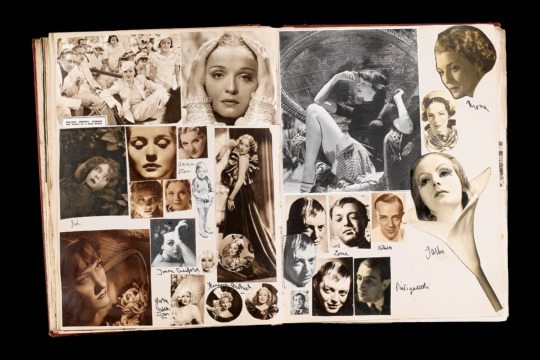

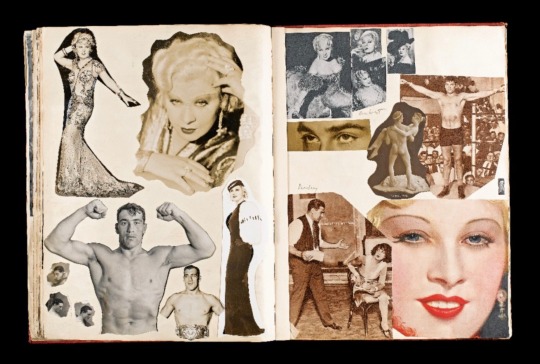
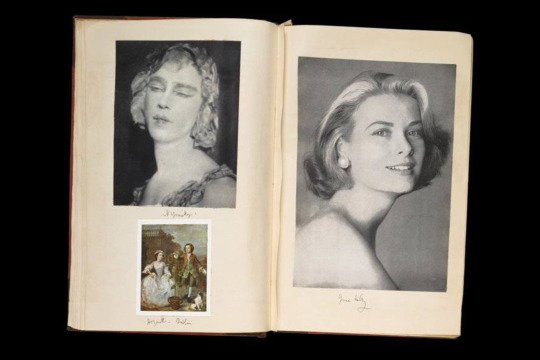
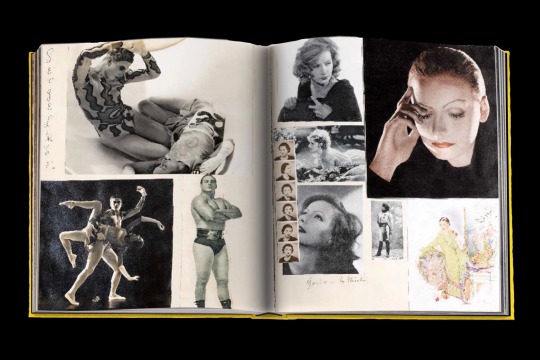

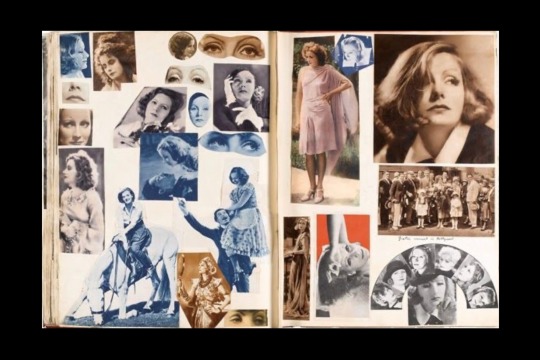
Pages from Cecil Beaton's scrapbook(s).
#1930s#1940s#1950s#*#art#greta garbo#marlene dietrich#joan crawford#anna sten#lillian gish#katharine hepburn#peter lorre#fred astaire#mae west#sophia loren#grace kelly#gloria swanson#cecil beaton#old hollywood
2K notes
·
View notes
Photo
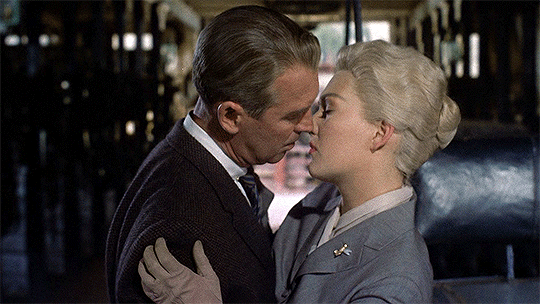
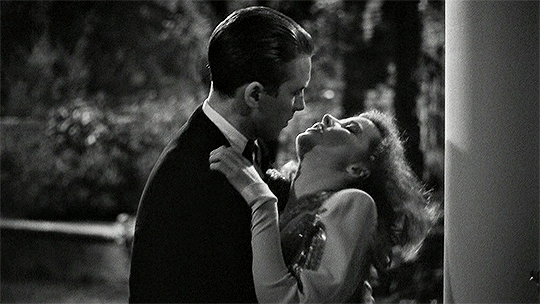
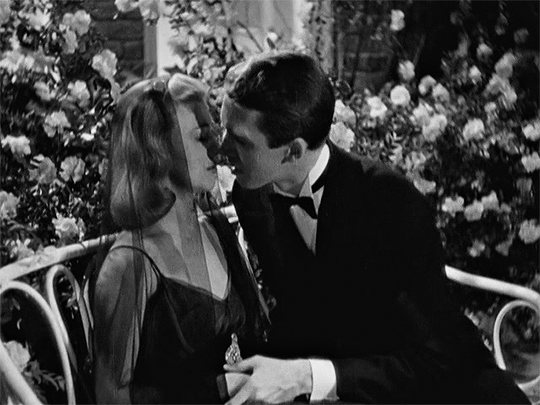

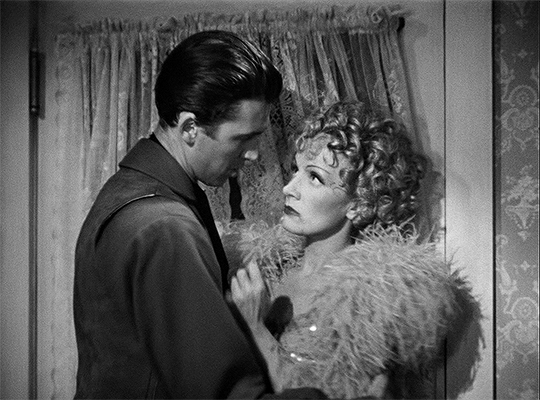

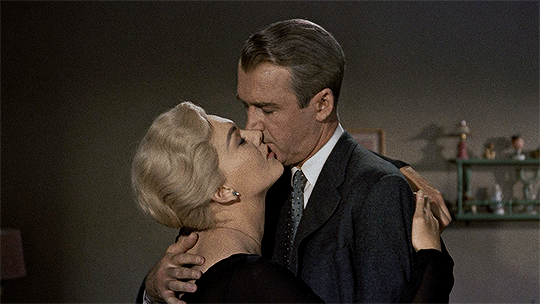
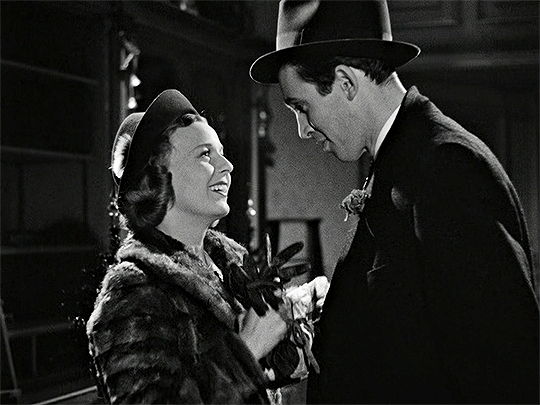

Romantic scenes of Jimmy Stewart with all these beauties
Vertigo (1958) / The Philadelphia Story (1940) / Vivacious Lady (1938) / Rear Window (1954) / Destry Rides Again (1939) / Ziegfeld Girl (1941) / The Shop Around the Corner (1940) / It’s a Wonderful Life (1946)
#james stewart#classicfilmedit#romancegifs#kim novak#katharine hepburn#ginger rogers#grace kelly#marlene dietrich#lana turner#margaret sullavan#donna reed#jimmy stewart#mygifs#various#微博偷图贱货死全家
815 notes
·
View notes
Text

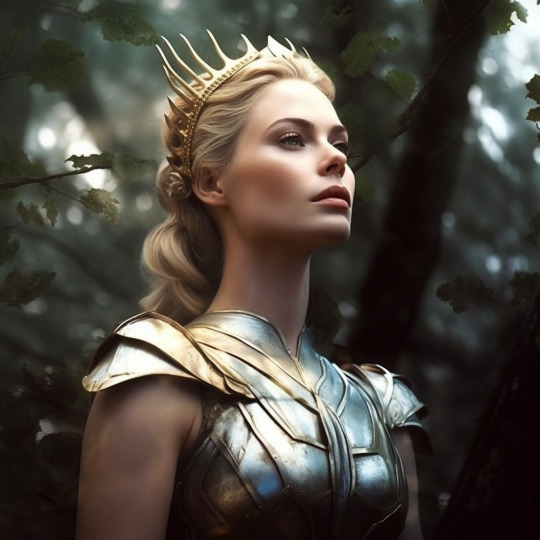
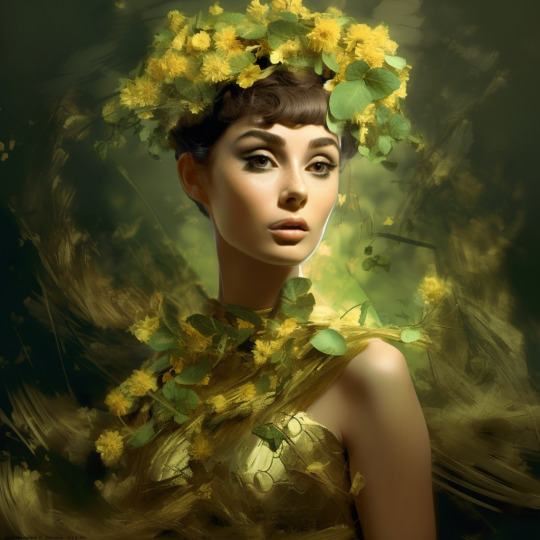
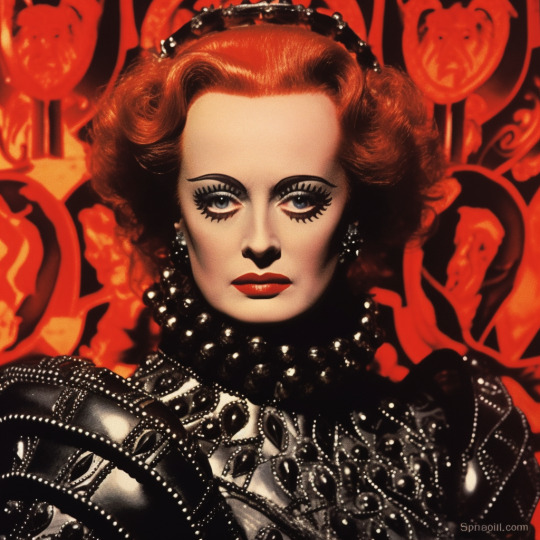

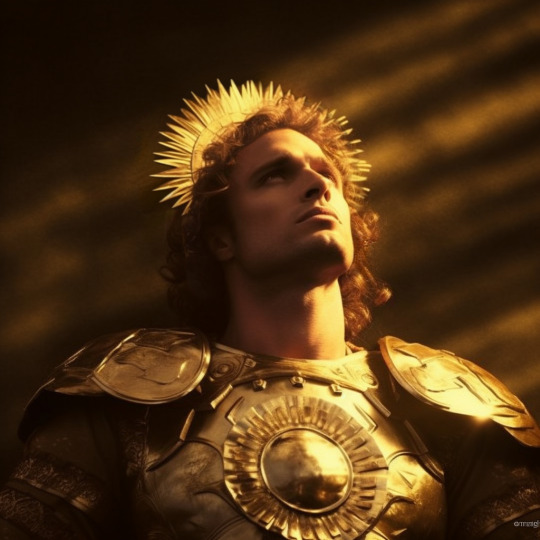

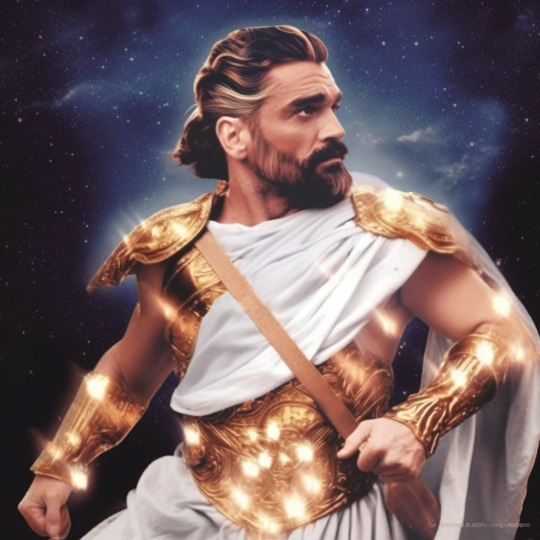


Midjourney AI's renditions of Old Hollywood stars as Greek gods and goddesses.
Aphrodite (love, beauty) - Marilyn Monroe
Artemis (the hunt) - Grace Kelly
Demeter (the harvest, agriculture) - Audrey Hepburn
Ares (war) - Bette Davis
Athena (wisdom) - Katharine Hepburn
Apollo (the sun, arts, music) - Marlon Brando
Hades (death, the underworld) - Humphrey Bogart
Zeus (king of the gods, sky, thunder) - Clark Gable
Hermes (travel, messenger) - Jimmy Stewart
Poseidon (the sea) - Cary Grant
#golden age of hollywood#audrey hepburn#classic film#old hollywood#tcm#humphrey bogart#bette davis#cary grant#katharine hepburn#jimmy stewart#james stewart#marilyn monroe#grace kelly#clark gable#marlon brando#greek pantheon#greek gods#greek goddess#greek mythology#1950s#1960s#midjourney#aphrodite#zeus#apollo#athena#demeter#hades#ares#classic hollywood
17 notes
·
View notes
Text
Okay, this time I’m really going to do a very shallow post—
The attractiveness of good-looking male characters, as ranked by me, a lesbian:
Tier 1: Hot Men Described Vaguely in Non-Visual Canons
Examples: most of Tolkien’s men (tall, usually with dark/black hair and grey eyes, beautiful) and some of Austen’s (tall, good figures, handsome, other details unspecified). My brain goes “oh, so like male versions of the women I find attractive. Got it.”
Tier 2: Good-Looking Men in Animation and Non-Photorealistic Art
Examples: too many Avatar characters to list.
Tier 3: Good-Looking Men Played By Actual Men or Realistically Depicted in Art, But There’s Something Slightly Odd About Them
Examples: most of the men in Star Wars are like this, no matter what they actually look IRL. It’s actually in some way more appealing than
Tier 4: Characters Played by Very Conventionally Attractive Men
Examples: superhero movies are big into this, so you’ve got your Captain America and Superman and whatever. I respect the bone structure, I guess?
Tier 5: Others Who Are Allegedly Attractive In the Right Light
Examples: not naming names, but while certain fan faves do nothing for me, I intellectually understand the appeal in some specific depictions.
#anghraine babbles#deep blogging#legendarium blogging#austen blogging#one of the reasons that mrs gardiner's discussion of darcy and wickham's appearances is so funny is that we don't know what they look like#'wickham is handsomer' ok#'wait no he has an appearance of goodness but darcy has perfect features' ok#'darcy's mouth is very nice when he talks' o...kay...#i appreciate the take that this allows us to fill in the blanks with whatever is most attractive to us#me: so wickham looks like grace kelly (but a man) and darcy like katharine hepburn (but a man) yes?#a treeful of monkeys on nitrous oxide
27 notes
·
View notes
Text
Help me I’m old idk how to do this Tumblr thing 😭😂
#tolkien#lord of the rings#silmarillion#old hollywood#cary grant#al pacino#marilyn monroe#eartha kitt#katharine hepburn#fredi washington#the godfather#robert de niro#sophia loren#dorothy dandridge#doris day#gene kelly#rock hudson#alfred hitchcock#grace kelly
4 notes
·
View notes
Text
Watching one of the very few Kate Hepburn films I haven't seen, The Ultimate Solution of Grace Quigley (1985). An elderly woman sees a man kill her landlord and she asks him to kill her. And he reluctantly agrees but then all her friends want him to kill them, too.
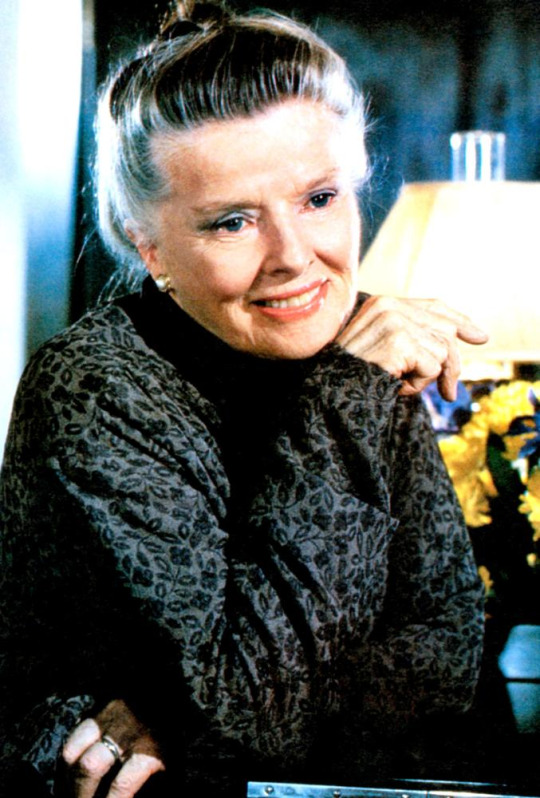
1 note
·
View note
Text
Not A Book Friday

After Grace watches Seymour perform a hit on someone, she has an idea. She knows that some of her fellow seniors, want out (in a very final way), and, so, she’ll make the connections, and Seymour the hitman will perform the hits, just, weirdly with those he’s trying to kill permission. Of course, it slowly goes off the rails in the most hilarious of ways, and, Grace and Seymour also get closer in an almost Mom/Son relationship way.
Nick Nolte and Katharine Hepburn shouldn't work together, heck, this plotline shouldn’t really work either. It’s, very out there, and yet, the plot works, and more importantly. Katharine and Nick work so well together. It was hilariously funny, and disturbing, and just sorta worked as a perfect movie somehow.
Grace Quigley
0 notes
Text
Everything I Read in February

I read 11 books in February. Here’s the rundown in order:
No Life for a Lady by Hannah Dolby
Katharine Hepburn by Grace May Carter
Pathogenesis by Jonathan Kennedy
You Made a Fool of Death with Your Beauty by Akwaeke Emezi
A Bargain with the Fae King by Megan Van Dyke
Medusa by Jessie Burton
The Confessions of Frannie Langton by Sara Collins
The Retreat by Sarah Pearse
Their Eyes Were Watching God by Zora Neale Hurston
The Radium Girls by Kate Moore
Superior by Angela Saini
For more in-depth thoughts on these books, see my Medium page and my website.
#books#book#bookworm#books and reading#book review#books and libraries#booklr#booklover#book blog#bookish#no life for a lady#hannah dolby#katharine hepburn#grace may carter#biography#nonfiction#pathogenesis#jonathan kennedy#you made a fool of death with your beauty#akwaeke emezi#a bargain with the fae king#medusa#farofeb#the confessions of frannie langton#sara collins#the retreat#sarah pearse#the sanatorium#gemma whelan#their eyes were watching god
0 notes
Text
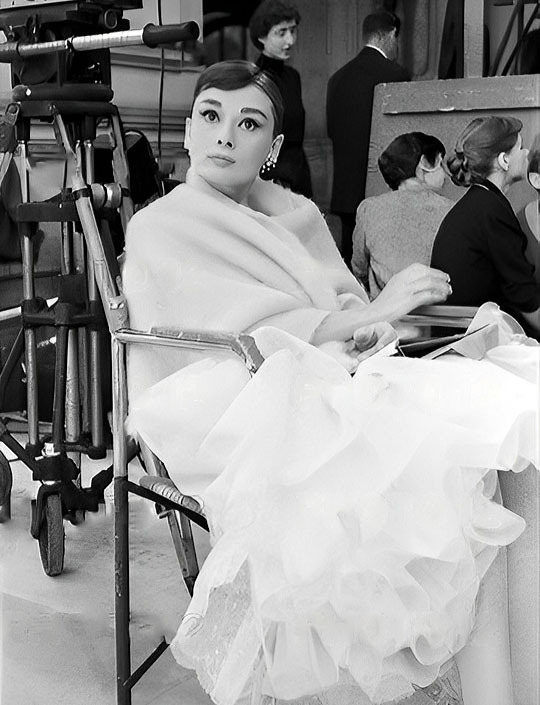
Dearest, dearest Audrey, you're lovely, talented, intelligent, distinguished, capable only of beautiful behaviour. You're possessed of all the graces and virtues including the rarest of all - simple kindness and plain goodness.
I hope all this praise doesn't make you become insufferable.
- KATHARINE HEPBURN sends her regards to AUDREY HEPBURN
#you honestly don't even need to read the sign-off to know this is kate the great#i 100% read it in her voice#imagine having just one favorite hepburn#impossible!#audrey hepburn#katharine hepburn#*
408 notes
·
View notes
Text
One of the most fascinating pieces of movie analysis I've ever read is J.B. Kaufman's thesis of the "two different Snow Whites" in Disney's Snow White and the Seven Dwarfs.
He writes about this in both of his two books on the making of the movie, The Fairest One of All and its companion piece Snow White and the Seven Dwarfs: The Art and Creation. His argument is that Snow White's two leading animators, Hamilton Luske and Grim Natwick, each gave Snow White a slightly different personality when they drew her. A close look at the movie, and knowledge of who animated which moments, reveals subtle differences in Snow White's expressions and body language. Luske, her head animator who handled the majority of her scenes, portrayed her as a more purely innocent, childlike character, while Natwick, the creator of Betty Boop, gave her a little more maturity, sophistication, and sauciness.
You can see the difference, for example, when comparing her girlish interactions with the animals in "With a Smile and a Song" and "Whistle While You Work" (animated by Luske) to her flirtatious smiling at the Prince from the balcony, or her "mothering" of the dwarfs as she examines their dirty hands (animated by Natwick). Or her responses to Grumpy in the scene before the Washing Song: as she asks "What's the matter? Cat got your tongue?" she looks at him with a devilish grin (Natwick), but then when he sticks out his tongue at her, she reacts with the most wide-eyed, girlish shock (Luske).
Now, I don't know if these two men really held different views of Snow White's character, or if it just worked out that Luske drew Snow White's more innocent scenes while Natwick was assigned her more grown-up moments. But either way, Kaufman argues that this "tension," the movie's constant push-and-pull between "Snow White as a wide-eyed innocent girl" and "Snow White as a self-assured young woman," makes her an especially interesting Disney Princess. I tend to agree, especially because, miraculously, there's no sense of inconsistency in her character. She comes across as a young girl on the verge of womanhood, who naturally can still be naïve and childlike in some ways, but more grown-up and clever in others.
This thesis makes me wonder if certain "tensions" in other movies are the result of different viewpoints within the creative team.
For example, in Beauty and the Beast.
Linda Woolverton has often talked about her feminist goals in writing Belle's character, which sometimes clashed with her collaborators' visions of Belle as a more traditional fairy tale heroine. It just might have been those clashing viewpoints that created the dichotomy in Belle that I personally think makes her interesting. On the one hand, she's a strong-willed misfit rebel, partly inspired by Jo March in Little Women and by Katharine Hepburn's screwball comedy heroines, who longs for adventure, isn't looking for romance until she unexpectedly finds it, stands up to men (and beasts) who abuse their power, and refuses to let anyone dominate her. On the other hand, she's a sensitive dreamer with delicate beauty and balletic grace, who wears pretty, ladylike dresses, adores fairy tales and love stories, and is sweet, nurturing, and almost motherly to her friends and loved ones. Yet somehow these two sides of her character co-exist with no sense of inconsistency between them.
There's also the dichotomy between the two different views of the Beast that the movie seems to present at once. On the one hand, there's the Beast as an unseemly brute, who's beastly form is both a just punishment for his flawed character and an outward symbol of it, and who needs to be "tamed" into proper "human" behavior, culminating in his physically turning human again. On the other hand, there's the Beast as a suffering, self-loathing outcast, unfairly hated, feared, and dehumanized, whose plight under the spell can easily be read as an AIDS allegory, and who needs to be accepted and loved as he is. I suspect that this also stems from different goals and viewpoints in the creative team. (For example, Howard Ashman's clash with the directors over whether the Prince should be a child or a man in the prologue – the former would have made him more "tragic" but the latter makes his punishment more "fair.")
I'd like to read an analysis of these "tensions" similar to Kaufman's analysis of the "two different Snow Whites."
#disney#snow white and the seven dwarfs#snow white#j.b. kaufman#beauty and the beast#belle#the beast#animated film#analysis#characterization#dichotomy
104 notes
·
View notes
Text
i love you catherine of aragon i love your courage in the face of ruthlessness i love you anne boleyn i love your indelible mark on history i love you jane seymour i love your elusive spirit i love you anne of cleves i love your graceful adaptability i love you katheryn howard i love your bright but fleeting light i love you katharine parr i love your intelligence and fortitude i love you–
161 notes
·
View notes
Text


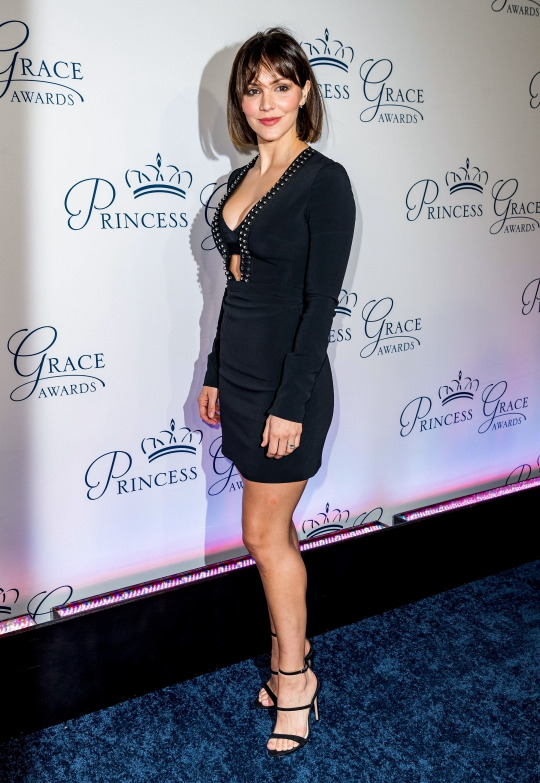
Katharine McPhee attending the 2018 Princess Grace Awards Gala at Cipriani 25 Broadway on October 16, 2018 in New York City.
98 notes
·
View notes
Note
Hey! so what did you think about Claire on the bear? I've seen some people call her a mary sue, a mpdg, a pick me which feels a bit much to me lol. I generally agree w people who say that she wasn't fleshed out and felt out of place bc of how carmy viewed her. My only thing is she never felt like an ER Doctor. Her career was supposed to be equally demanding so it should've affected their relationship in some small way at least but she kinda just seemed available for him at any given moment.
One of them I can see an argument for, the other two no. So before I get into the one I can see an argument for, I really need people to understand that these terms actually mean something. They're not blanket descriptors for female characters who annoy you and while we're at it, just for initiumseries, I'm going to add for the record that there aren't male versions of pick mes and manic pixie dream girls because these stock characters (or in the case of a pick me, viewpoints,) are rooted in misogyny
A Pick Me is specific
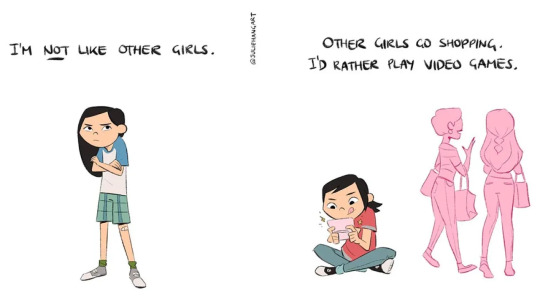
A Mary Sue is specific
Mary Sue stories—the adventures of the youngest and smartest ever person to graduate from the academy and ever get a commission at such a tender age. Usually characterized by unprecedented skill in everything from art to zoology, including karate and arm-wrestling [...] She saves the day by her wit and ability, and, if we are lucky, has the good grace to die at the end [...]
Like even Nathan Rabin who coined the term MPDG apologized for doing so because it keeps being misused:
I feel deeply weird, if not downright ashamed, at having created a cliché that has been trotted out again and again in an infinite Internet feedback loop. I understand how someone could read the A.V. Club list of Manic Pixie Dream Girls and be offended by the assertion that a character they deeply love and have an enduring affection for, whether it’s Diane Keaton’s Annie Hall or Katharine Hepburn in “Bringing Up Baby,” is nothing more than a representation of a sexist trope or some sad dude’s regressive fantasy.
It doesn't make sense that a character as nuanced and unforgettable as Annie Hall could exist solely to cheer up Alvy Singer. As Kazan has noted, Allen based a lot of Annie Hall on Diane Keaton, who, as far as I know, is a real person and not a ridiculous male fantasy.
From what I can recall, nothing about Claire is "Pick-Meish" or "Mary Sueish", she explains that when they were kids and a girl broke her arm, everyone was freaked out except for her because she wanted to understand the injury, that is not Pick Me-ish.
This is Claire

not this

The fact that she has six months left on her residency doesn't make her a Mary Sue.
Now with regards to being an MPDG, these are the characteristics of one:
That day in 2007, I remember watching "Elizabethtown" and being distracted by the preposterousness of its heroine, Claire. Dunst's psychotically bubbly stewardess seemed to belong in some magical, otherworldly realm -- hence the "pixie" -- offering up her phone number to strangers and drawing whimsical maps to help her man find his way. And as Dunst cavorted across the screen, I thought also of Natalie Portman in "Garden State," a similarly carefree nymphet who is the accessory to Zach Braff's character development. It's an archetype, I realized, that taps into a particular male fantasy: of being saved from depression and ennui by a fantasy woman who sweeps in like a glittery breeze to save you from yourself, then disappears once her work is done.
She isn't quite the "pixie" part of the trope, I don't think she's whimsical enough for that, instead I would say she's the "insufferable female lead in an indie" trope (love this!)
instagram
because she does kind of just appear or sweep in to Carmy's life and has this history with him

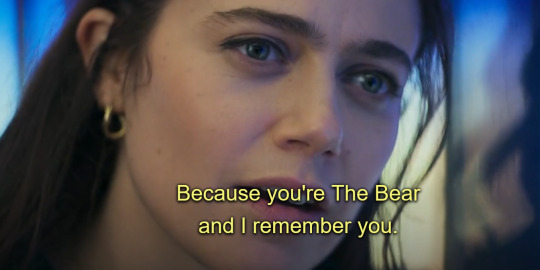
and instead of giving Carmy her number, she asks for his, therefore the narrative places the onus of initial pursuit on her

she's been carrying this torch for him since they were kids
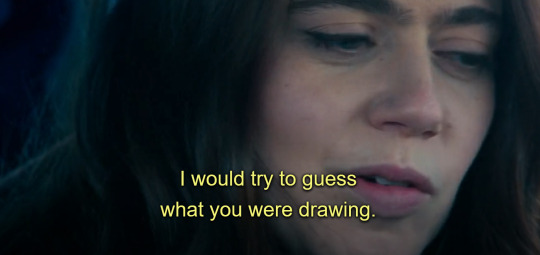
and her role is to be someone in his life that makes him feel good, that takes his feelings into consideration,
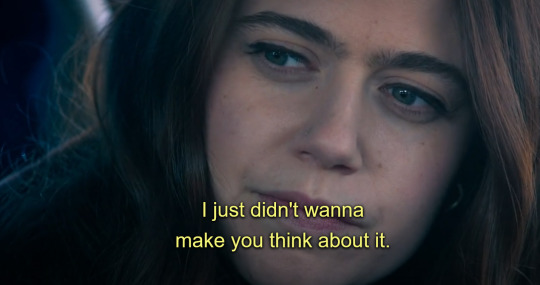
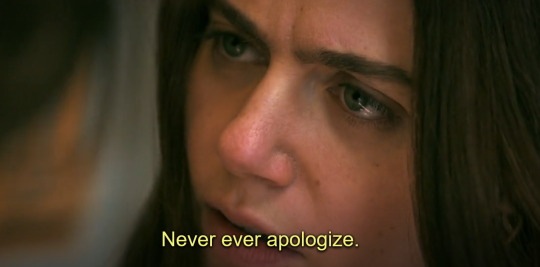
that gives him peace
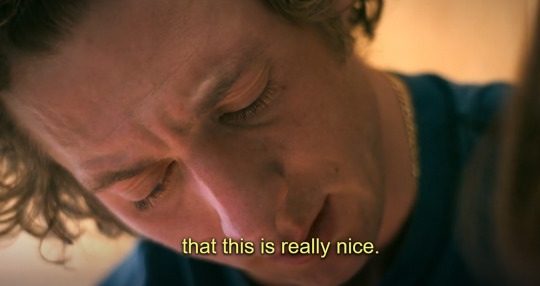
that urges him out of his shell
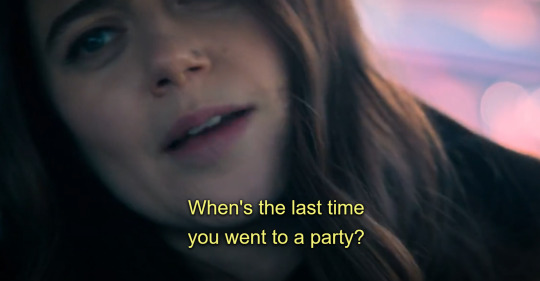
that shows him another way he can be and feel outside of the restaurant

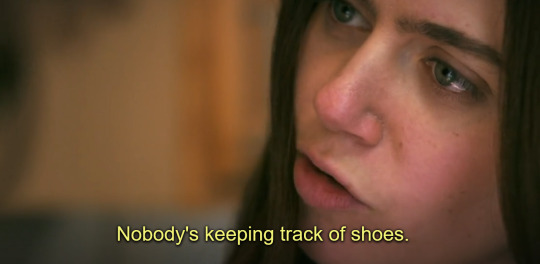
while we basically know nothing about her outside of that role.
What makes this iteration more complex than others is not Claire, it's not that she's a fully fleshed out character and we see more than a glimpse of her life and it's not that we get to know about her personally because we don't really, what we get is this
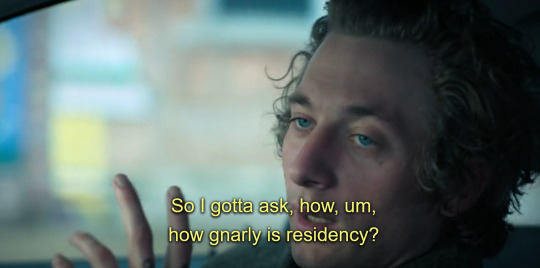

which just goes back round to Carmy and his complicated relationship with food and cooking anyway

the subversion lies with Carmy and how he needs to heal and still has a lot of unprocessed trauma that doesn't go away because Claire entered his life, the show shits all over the typical outcome of the MPDG coming into the male protagonist's life and making it all better.
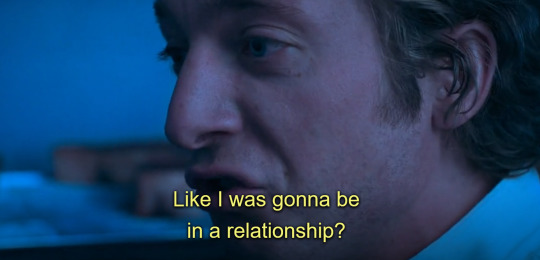

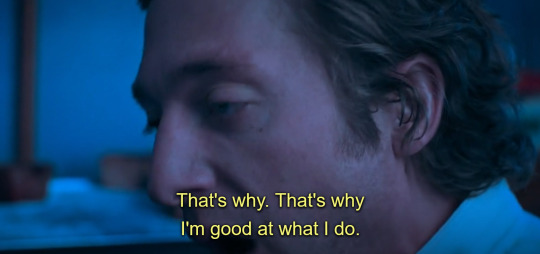
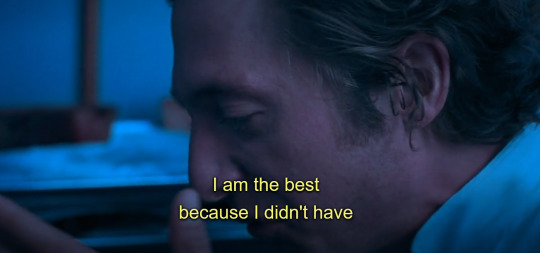
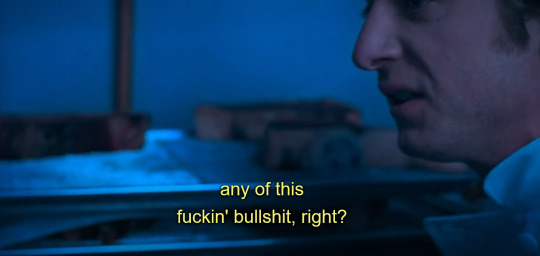
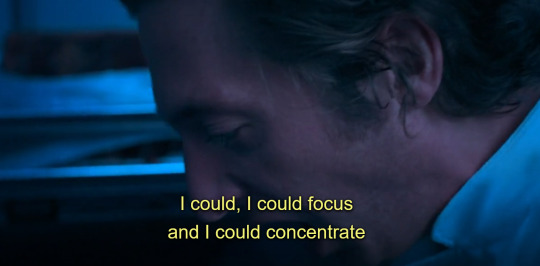


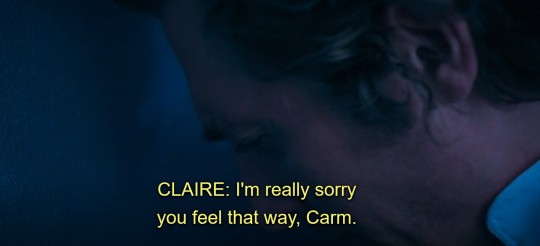
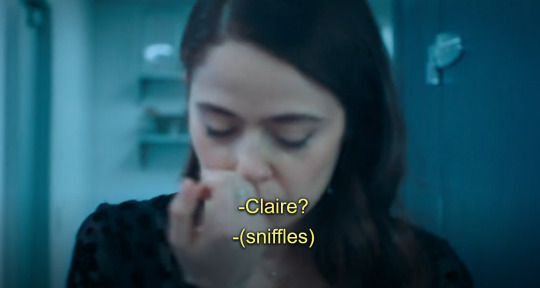
I'm not saying that they did that purposefully as in they're trying to say something about MPDG, like I don't think the show purposefully framed her as one or views her as one, I think they just wanted to show how deep-rooted generational trauma is and how it presents itself and how it affects your current relationships and it ended up being subverting an MPDG-esque trope for the male protagonist.
I don't know if any of this makes sense, I haven't slept and it's like 5 AM lmao.
58 notes
·
View notes
Text
DO YOU HAVE A TASTE FOR TERROR?

April 5 marks the 50th anniversary of Carrie (the novel), and because it's my altime fav, my pookie, my blorbo at the beginning of my horror obsession, I want to watch one with you!
Mark that calendar for a special edition of The Basement, where the victor of the poll will be screened!
All have their highs and lows. Propaganda for each can be found under the readmore, but in case you've already made up your mind:
The results of this poll will be counted alongside one with the discord pals (no worries, you guys have the privilege of double voting) to determine the winner.
Official post shall be made when results are in!
Carrie (1976)
The first and to some the most iconic. Brian de Palma did something with this one that scared even Stephen King himself in the theatre! Sissy Spacek has a great time in the role, and the supporting cast is pretty great, too (this was John Travolta’s first big role)!
PROS
The closest to a time-period-accurate adaptation that we can get, as the events of the book take place in 1979
Sissy Spacek <3
Cool practical effects
Piper Laurie being funny and unhinged
CONS
Might feel dated on some fronts
Not the most tense until it gets to the Moment
30-year-olds playing teenagers, but what else is new
Piper Laurie being more cringe than funny
---
Carrie (2002)
TV Movie from the 2000s! Angela Bettis does this one really well, and despite the modernized setting, it holds up. Overall this sticks the closest to the book format/plot.
PROS
Book accuracy
Carrie is more be gay do crime
A WHOPPING 2 hours and 10 minutes long
KATHARINE ISABELLE IS IN THIS ONE
CONS
Tries to do VFX but is not the best at it
Ending that is drastically different and may not appeal to some
Early-2000s comedy moments
---
Carrie (2013)
Probably the one that most are familiar with or saw come by in tv trailers. In the middle of the grand age of tumblr, this one graced the silver screen. I hate to say it, but I’ll forever mourn an early draft of the screenplay that was written by the Riverdale guy
PROS
More horror moments (julianne moore carries (haha) the role of Margaret)
Gay undertones
Great VFX
CONS
Takes A Lot of lines and scenes directly from the 76 film
Started the discourse of actresses being too pretty for the role (which could also have been misogyny. Chloe moretz is cute in this one)
Has some needle drops that are artefacts of their time
#ninas basement#my good ol hyperfixation#carrie stephen king#carrie white#carrie 1976#carrie 2002#carrie 2013
15 notes
·
View notes
Text
youtube
A lot of adjectives come to mind when one mentions Fred Astaire: debonair, poised, elegant, captivating. And nouns too, especially grace, sophistication and talent. Fred Astaire is regarded by many as the greatest popular music dancer of all time. Astaire is usually remembered for his pairings with Ginger Rogers, who starred in several films with him, including Swing Time (1936).
Light on his feet, Fred Astaire revolutionized the movie musical with his elegant and seemingly effortless dance style. He may have made dancing look easy, but he was a well-known perfectionist, and his work was the product of endless hours of practice.
Astaire started performing as a child, partnering up with his older sister Adele. The two toured the vaudeville circuit before making it to Broadway in 1917. Among their many productions the brother-sister team starred in the 1927 George and Ira Gershwin musical Funny Face. For all his early success, though, career in the movies eluded Astaire. He had done a screen test, but he failed to attract any interest. A studio executive wrote at the time, "Can't sing. Can't act. Slightly balding. Can dance a little."
In 1932, Astaire suffered a career setback. His sister Adele retired from the act to marry a British aristocrat. He floundered a bit professionally without his usual partner, but then decided to go to Hollywood to try once more to break into film.
Finally, Astaire landed a small role in 1933's Dancing Lady with Joan Crawford. The role opened the door to new opportunities, and Astaire signed a contract with RKO Radio Pictures. He was matched up with another Broadway talent, Ginger Rogers, for Flying Down to Rio, also in 1933. Cast as supporting players, their dance number stole the movie. Astaire and Rogers appeared in several more films together, including The Gay Divorcee (1934) and Top Hat (1935). The duo became film's most beloved dance team. Their routines featured a hybrid of styles—borrowing elements from tap, ballroom and even ballet. Katharine Hepburn once described what each of them brought their successful partnership: "Fred gave Ginger class, and Ginger gave Fred sex."
Off-screen, Astaire was known for his relentless pursuit of perfection. He thought nothing of rehearsing a scene for days, and Rogers eventually tired of the grueling schedule. The pair went their separate ways after 1939's The Story of Vernon and Irene Castle. Years later, they reunited once more for 1949's The Barkleys of Broadway.
After the split with Rogers in 1939, Astaire performed with such leading ladies as Rita Hayworth, Cyd Charisse, Judy Garland, Leslie Caron and Audrey Hepburn. Some of his most famous musicals from his later career include Easter Parade with Garland and Funny Face with Hepburn.
As his movie roles tapered off, Astaire worked more in television. He often appeared as himself for special tribute shows. Astaire had a growing interest in dramatic parts, working on such series as Dr. Kildare. He also worked with another legendary dancer, Gene Kelly, on the documentary That's Entertainment, which explored the golden era of the movie musical.
Around this time, Astaire received his only Academy Award nomination for his supporting role in the 1974 disaster film The Towering Inferno. He also won an Emmy Award for his work on the television special A Family Upside Down in 1978. More accolades soon followed. Astaire received a Lifetime Achievement Award from the American Film Institute in 1981.
A few years later, Astaire was hospitalized for pneumonia. He died on June 22, 1987, in Los Angeles, California. With his passing, Hollywood had lost one of its greatest talents. Former actor and president Ronald Reagan, upon learning the news, called Astaire "an American legend" and "the ultimate dancer." Rogers said Astaire "was the best partner anyone could ever have."
I hope you enjoy this as much as I have.
Daily inspiration. Discover more photos at Just for Books…?
20 notes
·
View notes
Photo



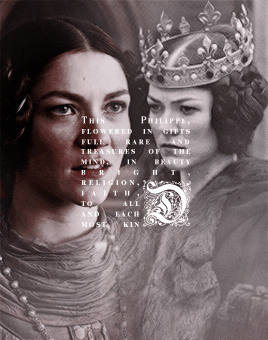
15 August 1369 ✧ Philippa of Hainault dies at around the age of 55, at Windsor.
Philippa was a pious, wise, and generous lady, a most affectionate mother, a steadfast wife, and greatly loved by her people, due to her gentleness and compassion. When faced with many trials during her life, the balance between her familial and royal duties remained stable. She was the patron of the religious community and hospital, St Katharine by the Tower, of many scholars; Queen’s College, Oxford, was founded in her honour. The queen also influenced the king to take an interest in the nation's commercial expansion, and acted briefly as his regent in 1346. For forty-one years, Philippa fulfilled her duty as queen consort, by serving the crown diligently and faithfully — amidst a turbulent and stirring time in English history — proving to be the very model of Medieval queenship.
Despite their suffering and hunger, the people of England found time to mourn their queen. The chancellor of England pointed out how ʻno Christian king or other lord in the world ever had so noble and gracious a lady for his wife (...)ʼ Jean Froissart called Philippa ʻthe most courteous, noble and liberal queen that ever reigned in her timeʼ, and had stated on an earlier occasion how the English exclaimed ʻLong live the good Philippa of Hainault [la bonne Phelippe de Hainnau], queen of England, our dear and dread lady, who brought to us and to England honour, profit, grace and tranquility.ʼ The author of the Brut wrote that Philippa was ʻa full noble and good womanʼ. He tended to refer to her as ʻthe good lady and queen.ʼ – Kathryn Warner
(The paragraphical text in the gifs is from Philippa's Latin epitaph by Froissart, which hung beside her tomb, and had been translated into English a hundred years later, before it was eventually destroyed.)
#on this day in history#our darling <3#historyedit#philippa of hainault#history#medieval history#english history#14th century#house of plantagenet#queens#our creations#our gifs
223 notes
·
View notes